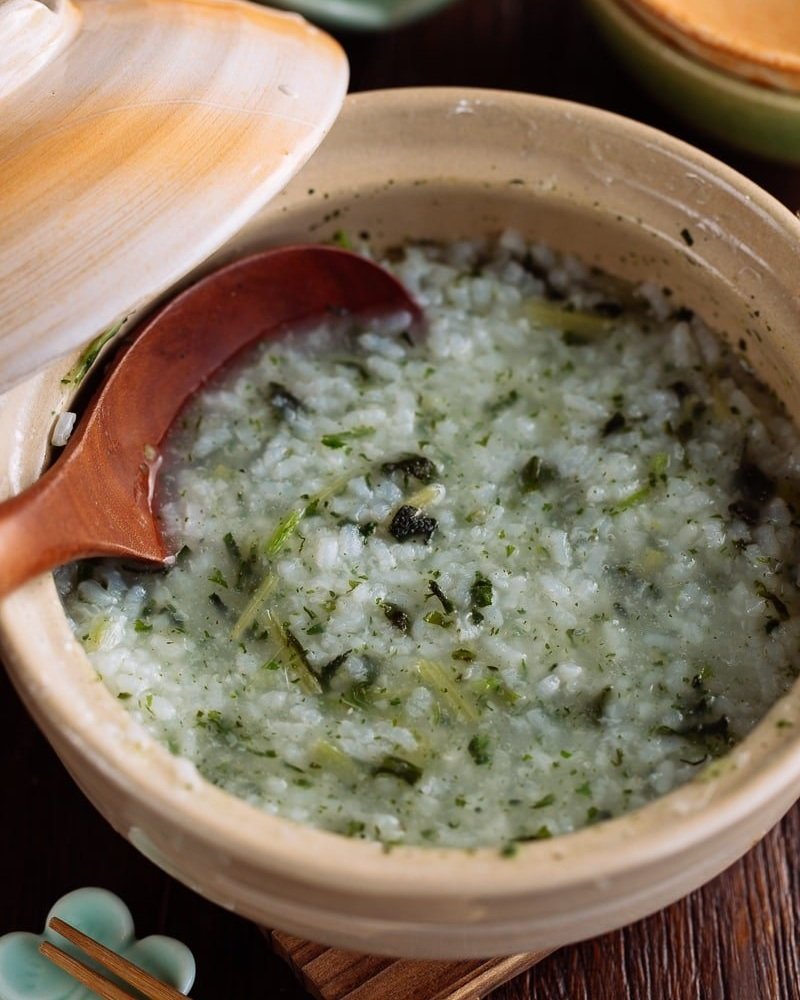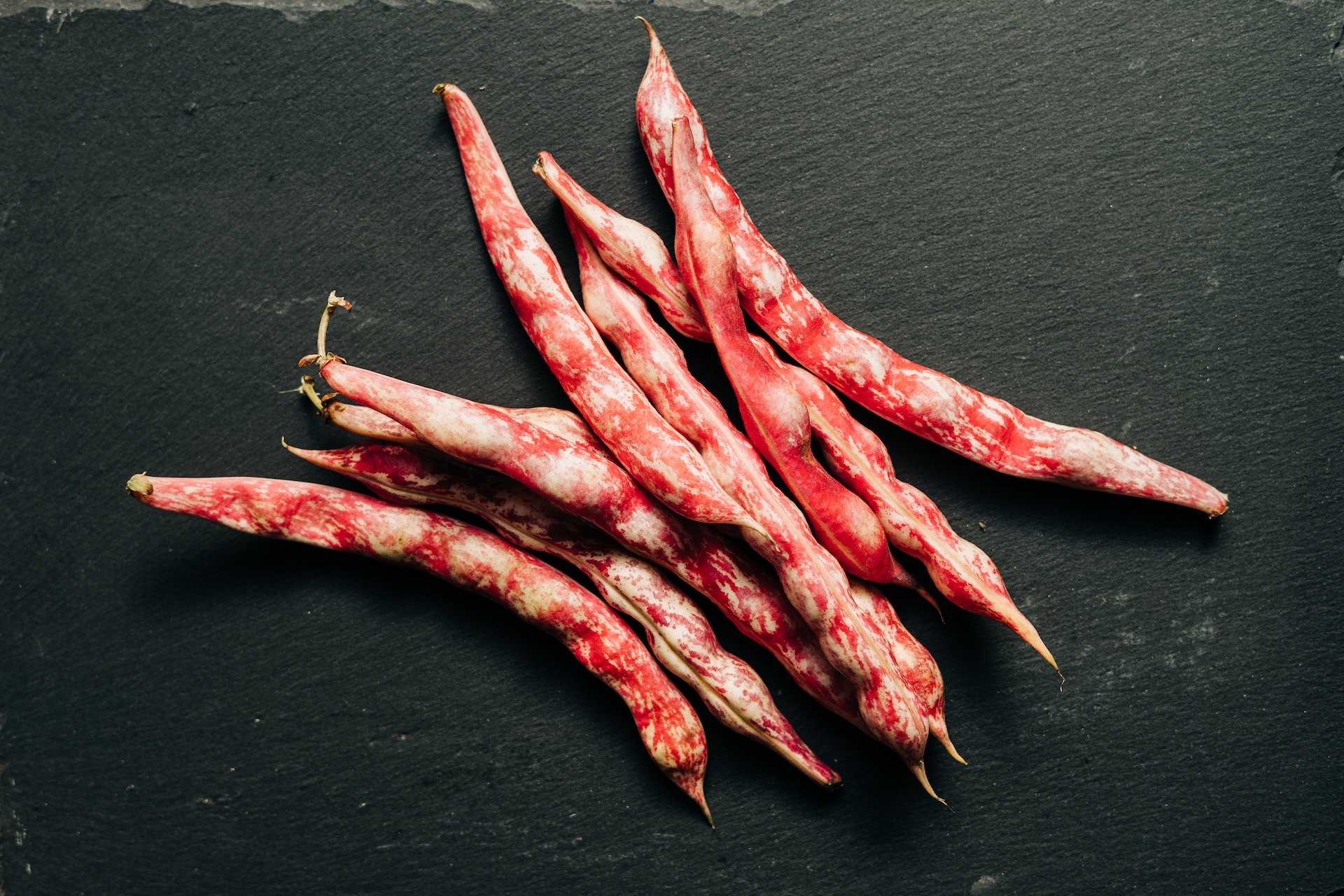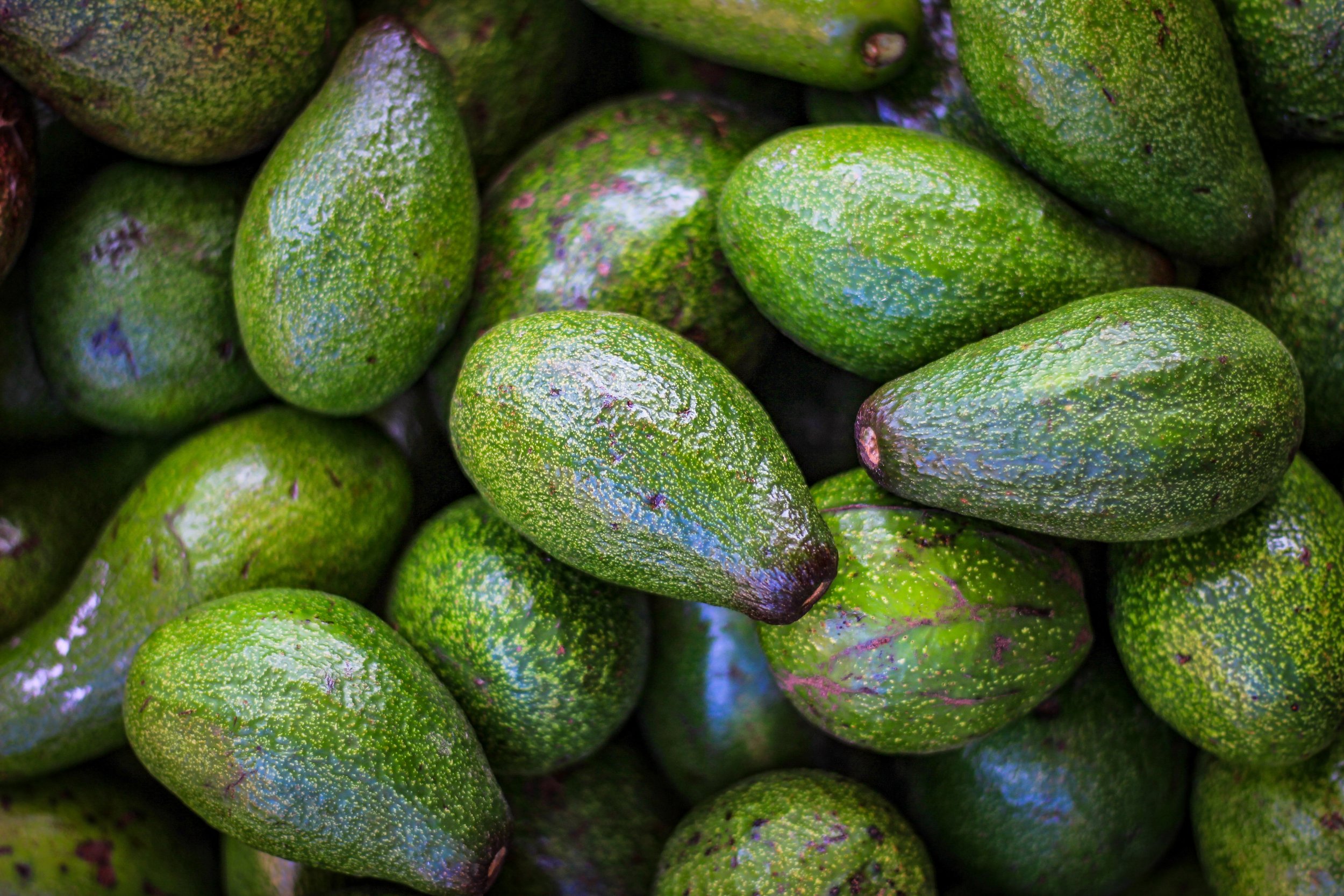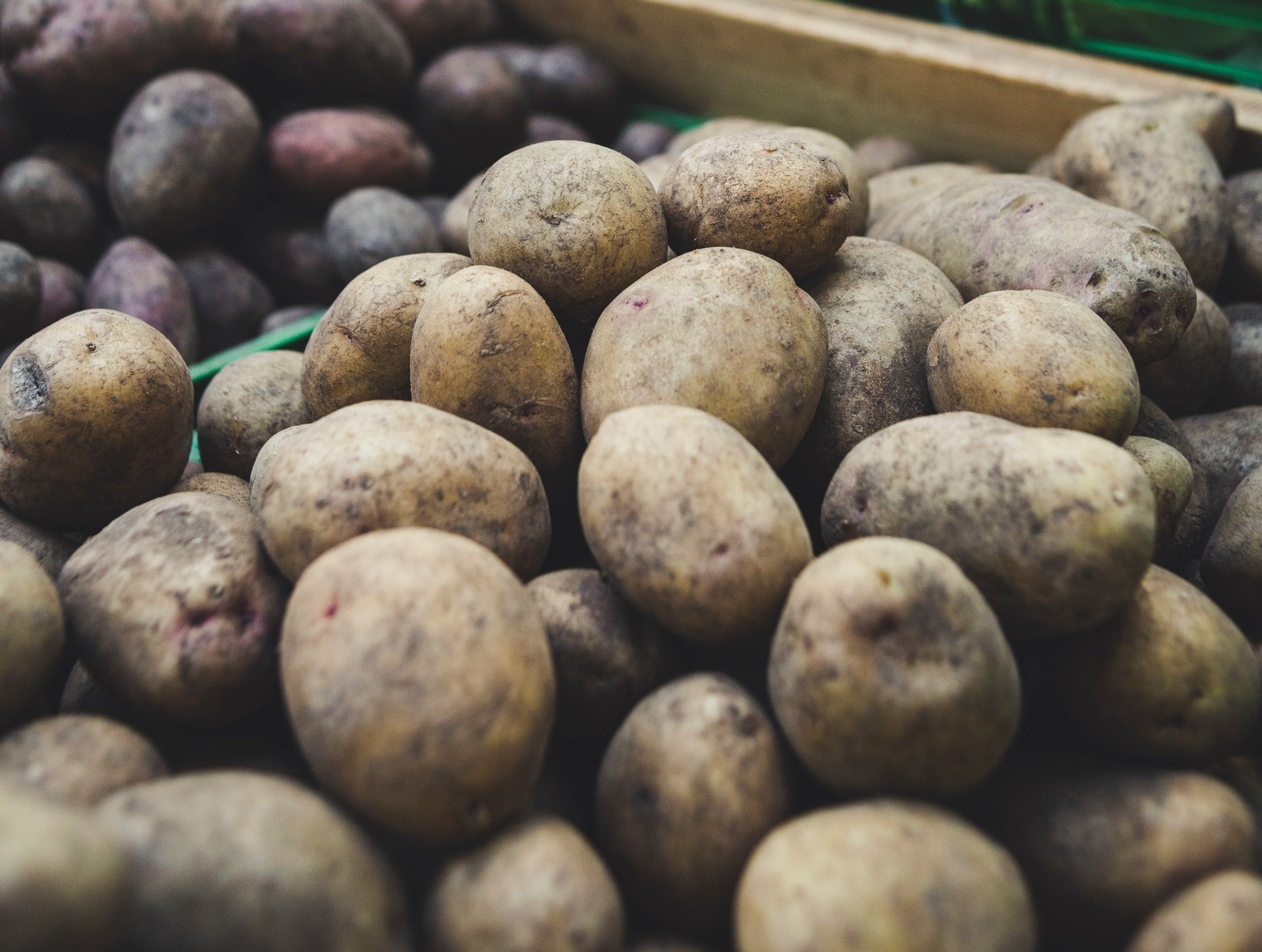My memory was jogged today as I positioned myself in front of the laptop to write about the time I sat and savoured a bowl of Cháo Sườn (pork rib rice porridge), on a small plastic stool by the busy roadside in the Old Quarter, Hanoi.
A simple pot of rice porridge was being stirred over coals by an old Aunt and as she stirred the simmering rice, glimpses of pork emerged to the surface. She scooped a good ladle or two of it into a plastic bowl, covering the freshly cracked egg, and then topped it with scissor-cut fried dough sticks (quẩy) and a generous helping of pork floss (ruốc)
The honking symphony of the scooters, the footsteps of tourists and the chatter of the Vietnamese vendors around the street stall was a simple and raw setting, just as street food should be enjoyed. I found stillness and comfort in eating this centuries-old dish that has been made in a multitude of households and countries since its first documented recordings during the Zhou Dynasty (1000BC).
‘Congee’ is a derivative of the Tamil word ‘Kanji’ that was since changed by the Portuguese and came full circle to be known as Zhou/Congee. It is one of the simplest dishes you will find on your travels throughout Asia, yet every person who cooks it in every country puts their spin on flavours, and textures from lugaw arroz caldo in the Philippines, bor bor in Cambodia, kanji in India, or chok/jok in Thailand.
What is Congee?
Congee is a savoury rice porridge that is made by boiling rice in water or bone broth until the grains are completely softened and can still either be recognised, or they have been cooked down to resemble a type of white gruel. In some parts of Asia, it is also made with other grains such as millet, sorghum and barley. Congee is a dish that has been used to feed those in famine or settle an upset stomach and can be eaten at any time of the day. In Asia, rice porridge is popular for breakfast and can also be eaten as a side dish. The texture and individuality of a congee or rice porridge are in the base broth, type of rice/grain used, meat, toppings and finishing sauces and herbs.
China
Congee in China varies from region to region due to the availability of grains and ingredients. Cantonese congee in Guangzhou uses white rice and is decorated with century egg, beef, fish, or salted pork and peanuts with white pepper and soy sauce. Teochew porridge is light, and the rice grains remain separated and is served alongside small cooked and pickled side dishes of meat and vegetables. Hakka rice congee combines glutinous rice with white rice and contains heavier flavoured proteins such as pork belly and dried cuttlefish. The congee of Shanghai combines both rice and grains (usually millet), and is eaten with preserved vegetables, shredded tofu skin, and pork.
A significant type of congee is Laba, which is a traditional congee eaten on the eighth day of the twelfth month in the Chinese calendar and contains grains, beans, nuts, and fruit.
Laba Congee
Credit: Omnivore’s Cookbook
Cambodia
Cambodian borbor is more of a rice soup than a porridge where the grains of rice, usually Jasmine, swim around the bowl separately to take on the flavour of the stock which is commonly made from either pork or chicken.
The umami broth is sometimes boosted by dried preserved seafood and a pinch of MSG.
Borbor can be topped with shredded Khmer chicken (link to Khmer chicken), pork or even fish. It is optionally served with cha kway (fried dough sticks) and all the typical Cambodian condiments which adorn each table of any eatery (lime, fermented soy beans, pickled fresh chillies, red chilli sauce). Pair bor bor with an iced local coffee and you are set for the rest of the day.
Learn a little bit more about Cambodian bor bor HERE.
Nanakusa Gayu (7 herbs rice porridge)
Credit @justonecookbook
Japan
Japanese Okayu is a rather thick rice porridge that is usually made with polished short-grain white rice or sushi rice known as hakumai. The Japanese have used okayu for feeding babies, the elderly and also individuals with digestion issues. Some ingredients such as roe, salmon, umeboshi or egg can be added to okayu and the both is sometimes flavoured with dashi or miso. Influenced by the Southern Chinese tradition of preparing soup with 7 vegetables on the 1st Chinese calendar month, the Nanakusa no sekku (festival of the seven herbs), uses seven herbs in the Okayu and is known as Nanakusa-gayu.
Indonesia
Indonesia’s bubur ayam is a congee that takes your palate on a journey of flavours and textures. It breaks the mould of traditional rice porridge and is an extremely popular street food throughout Indonesia, particularly for breakfast. Each region in Indonesia has its own variations, but it is essentially a strongly flavoured chicken rice porridge. Shredded chicken is added, along with a myriad of textures and tastes such as roasted peanuts, fried scallions, green onions, cakwe (fried dough sticks), kerupuk (crackers), soy sauce, sesame oil and sometimes fish sauce. . It is not known as a spicy dish, however, there is always a little bit of sambal that is served on the side.
Thailand
Thailand’s Chok/Jok is an extremely smooth porridge that uses broken Jasmine rice and typically uses either pork (jok moo) or chicken (jok gai) to flavour it. The rice is cooked with water until an oatmeal consistency and gathers flavour, texture and colour from ingredients of pork meatballs and offal or chicken, soft-boiled egg, fried garlic, thinly sliced ginger, spring onions, a dash of soy sauce and a dusting of white pepper.
Philippines
Lugaw is the umbrella term for the Phillipino version of rice porridge which can be savoury or sweet and use a variety of meats such as chicken, beef, pork fish and frog. The sweeter versions of lugaw contain chocolate (champurrado) or corn (ginataaing mais).
Lugaw arroz caldo is the chicken version that uses sticky rice to make the porridge. The rice is seared in oil with the rice, ginger, garlic and onion and then brought to a simmering boil until the grains have broken down into a soupy texture. Arroz caldo is tinctured with a saffron like colour that is imparted by kasubha (dried safflower).
The extremely savoury, meaty arroz caldo is topped with fried garlic, boiled eggs, spring onions, a splash of fish sauce and a generous squeeze of calamansi.
Chicken Arroz Caldo (Philippines)
Credit @panlasangpinoy
Chok/Jok from (Thailand)
Paal Kanji (India)
Credit @yummytummyaarthi
India
In the vast country of India, many types of Kanji or rice porridges use a variety of rice and including lentils or beans. Other ingredients used in Indian kanji include milk, curd, and coconut as well as a finishing touch of tempered herbs, spices or chillies. A rice porridge known as khichdi is a mixture of rice and moong dal and has been used as a prescription food for centuries in Ayurvedic medicine.
Vietnam
Vietnam’s Cháo is extremely simple, yet one of my favourite rice porridge dishes in the region and comes in many varieties. It is cooked predominately with short-grain rice and water until it is a medium-thick consistency where the grains have completely broken down. Chao can contain pork offal, duck, mushroom, pork meatballs and mushrooms. It is dressed with meat floss to give an airy and chewy texture, partially cooked egg, green onions, crispy garlic, century egg, and soy sauce.
It is essential to pair it with quay (fried dough) to dip and wipe every last morsel of this tasty dish that is served not only for breakfast but throughout the entire day for sustenance and absolute pleasure.
The history of congee is extensive and its popularity in so many countries that have adopted this simple and humble dish and made it their own is a testament that it is one of the ultimate comfort foods that can make you feel better and transport you to a place of happiness and content in both your belly and your tastebuds.
Wherever you travel in Asia, make sure you seek out a bowl of congee, and if you aren’t travelling anytime soon, you can always make this simple fish congee recipe using Hong Spices white pepper seasoning.
Cháo Sườn in Hanoi





























